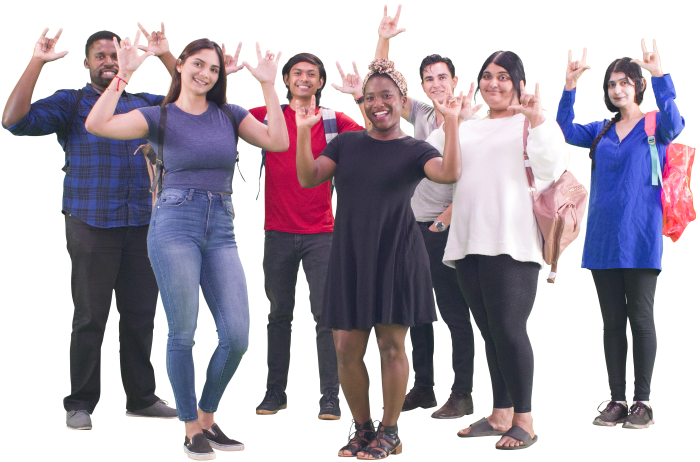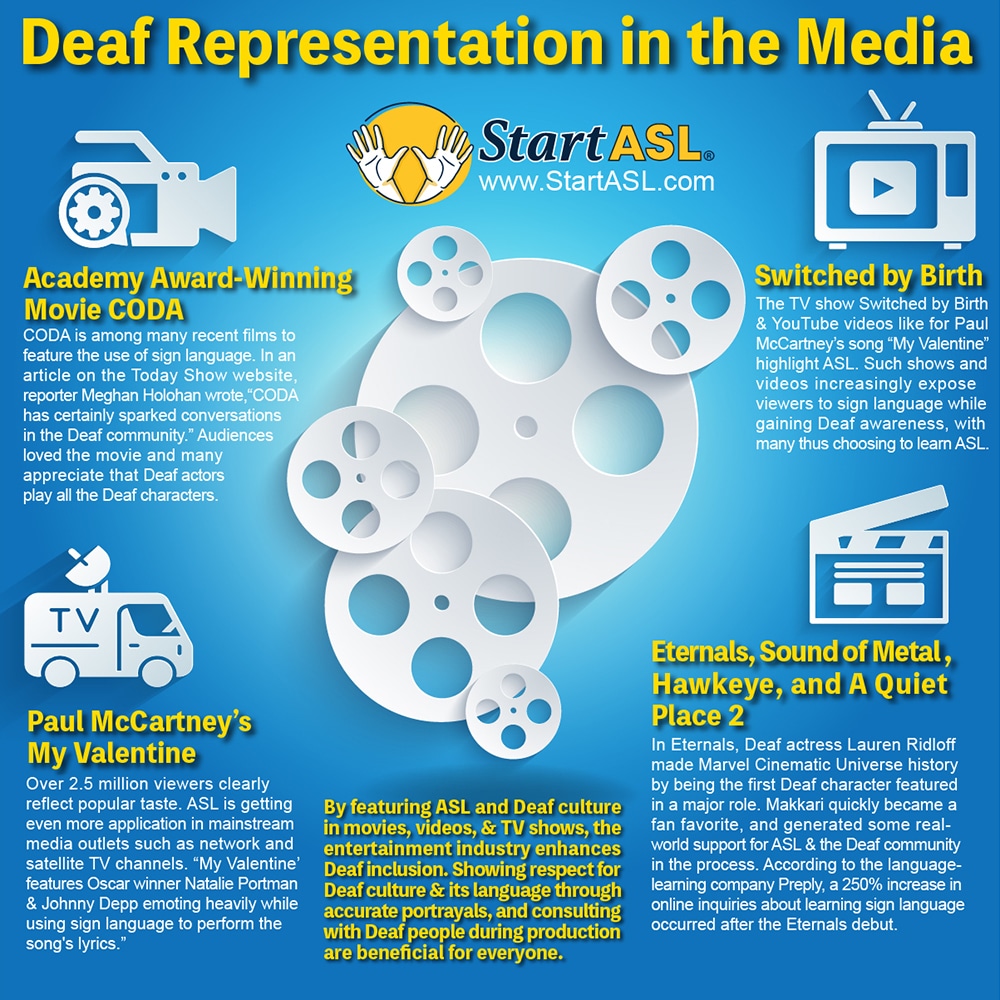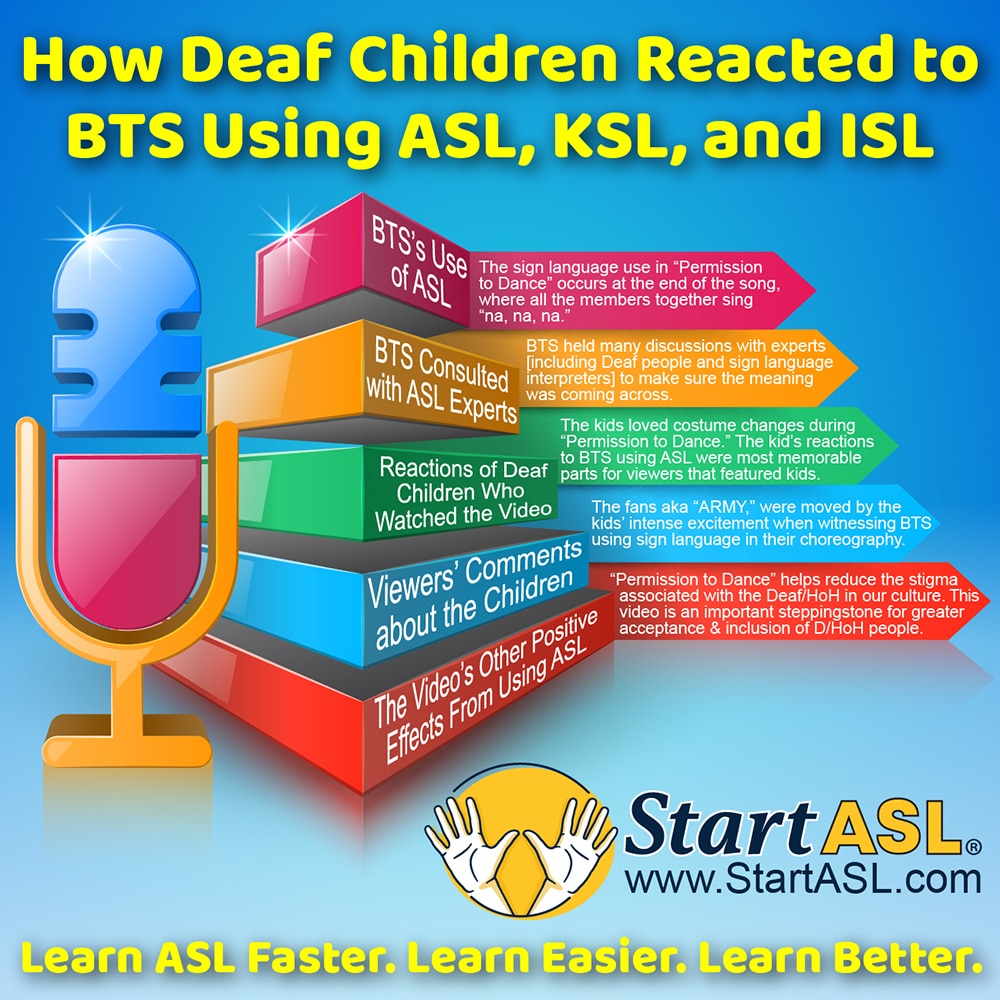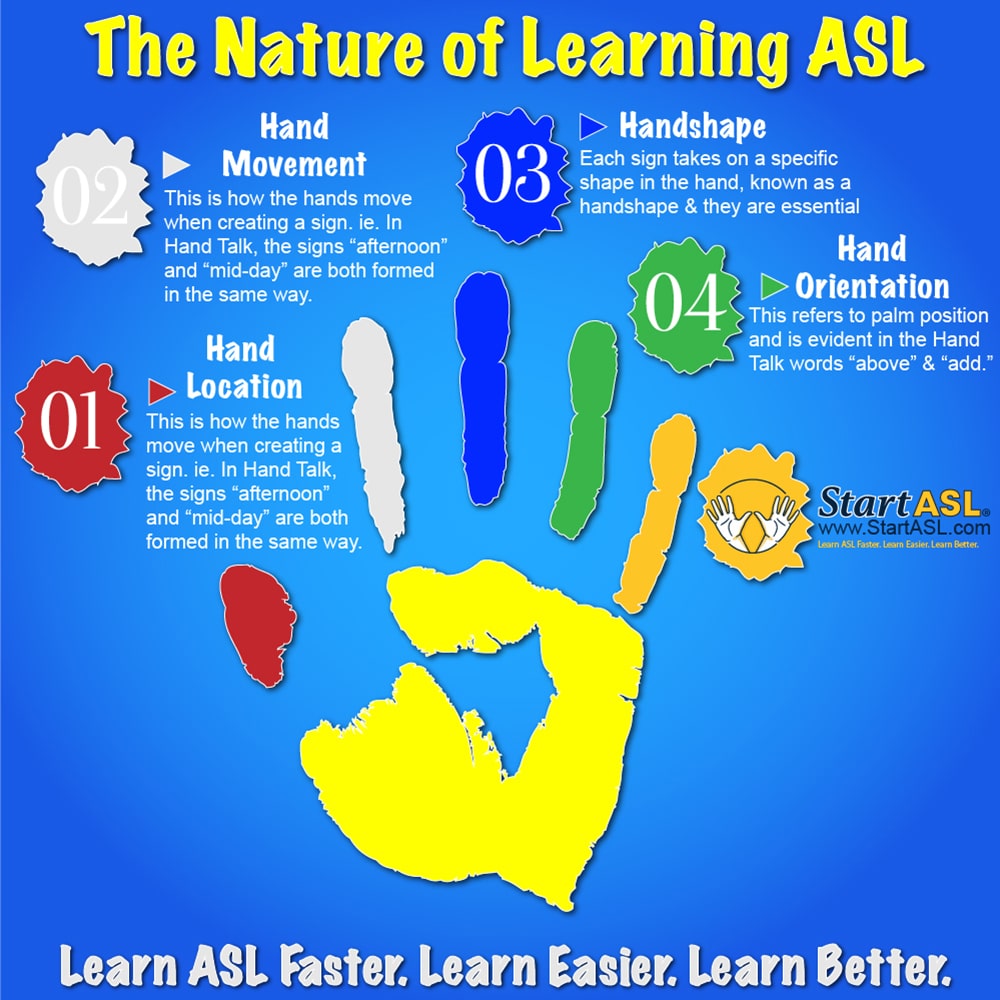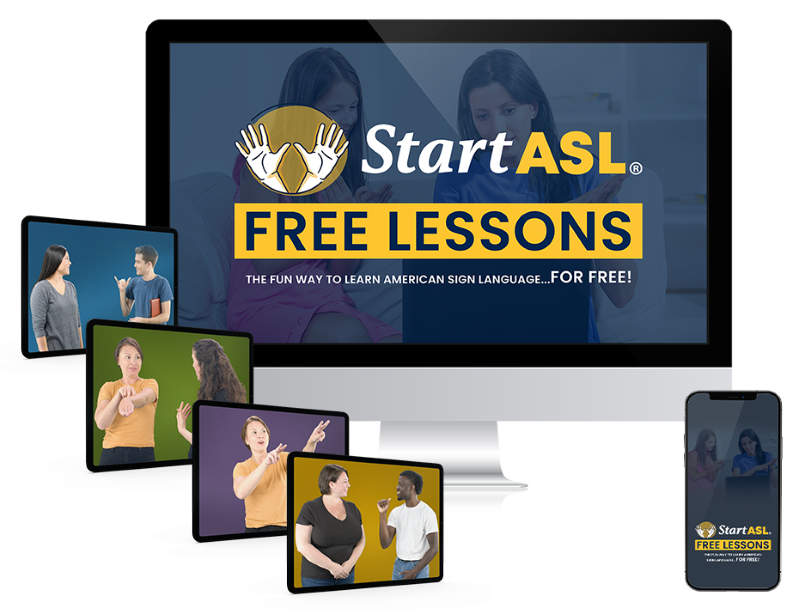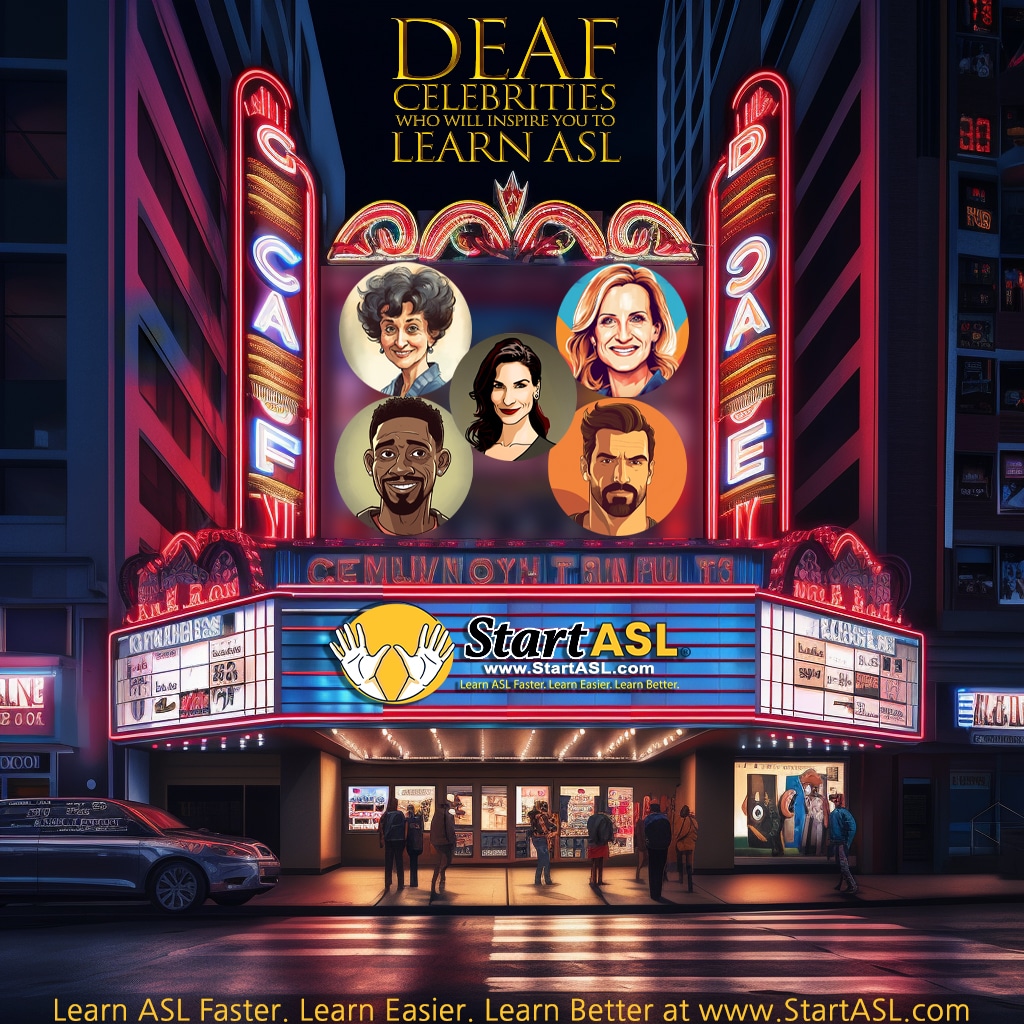
Sign Language Classes: ASL 3 – Unit 3 Sample
- by Start ASL
In this unit sample of the free American Sign Language classes, you will be learning the basics of how to construct narratives.
Conversation 3.2
Read this outline, and then watch the conversation in action in the video below.
A: YOU GROW-UP WHERE?
“Where did you grow up?”
B: ME BORN fs-PENN ME AROUND AGE-12 ME MOVE fs-NEV MY YOUNG BROTHER TWO-of-us BEST-FRIENDS ME middle-child-of-THREE MY BROTHER youngest-child-of-THREE.
“I was born in Pennsylvania and moved to Nevada when I was 12 years old. My younger brother is my best friend. I am the second child and he is the third.”
A: YOU ALWAYS WANT GO COLLEGE?
“Did you always want to go to college?”
B: WHEN GRADUATE HIGHSCHOOL FINISH ME START WANT BECOME ARCHITECT APPRENTICE not-LIKE. 2019 ME MOVE HERE LEAVE COLLEGE WITH MY BROTHER.
“When I graduated high school, I wanted to start as an architect’s apprentice, but I didn’t like it. So, in 2019, I moved here to go to college with my brother.”
A: WE HAPPY YOU HERE
“We’re happy you’re here.”
B: THANK-YOU
“Thank you.”
Conversation 3.2 Explained
B: ME BORN fs-PENN ME AROUND AGE-12 ME MOVE fs-NEV MY YOUNG BROTHER TWO-of-us BEST-FRIENDS ME middle-child-of-THREE MY BROTHER youngest-child-of-THREE.
“I was born in Pennsylvania and moved to Nevada when I was 12 years old. My younger brother is my best friend. I am the second child and he is the third.”
This is a good example of a narrative, which you will learn about in this unit. Signer B uses topicalization as a transition (AROUND AGE-12) before saying she moved to Nevada.
Signer B also uses indexing on her non-dominant hand to show her and her brother’s birth order (as you learned in ASL 1).
B: WHEN GRADUATE HIGH-SCHOOL FINISH ME START WANT BECOME ARCHITECT APPRENTICE not-LIKE. 2019 ME MOVE HERE LEAVE COLLEGE WITH MY BROTHER.
“When I graduated high school, I wanted to start as an architect’s apprentice, but I didn’t like it. So, in 2019, I moved here to go to college with my brother.”
Signer B uses two more topicalization transitions here. First, she uses “WHEN GRADUATE HIGH-SCHOOL” before saying she wanted to become an architect’s apprentice and second, she uses “2019” before saying she moved here to go to college.
Take Our Free ASL 1 Course
This unit is just a sample of our complete course where you can learn American Sign Language quickly and easily. Enroll in our Free ASL 1 Course today!

